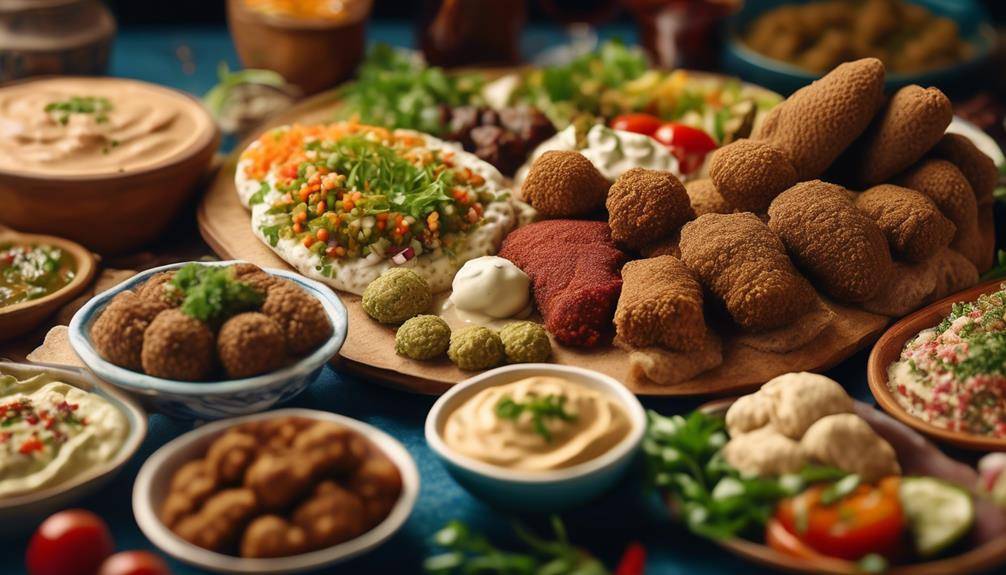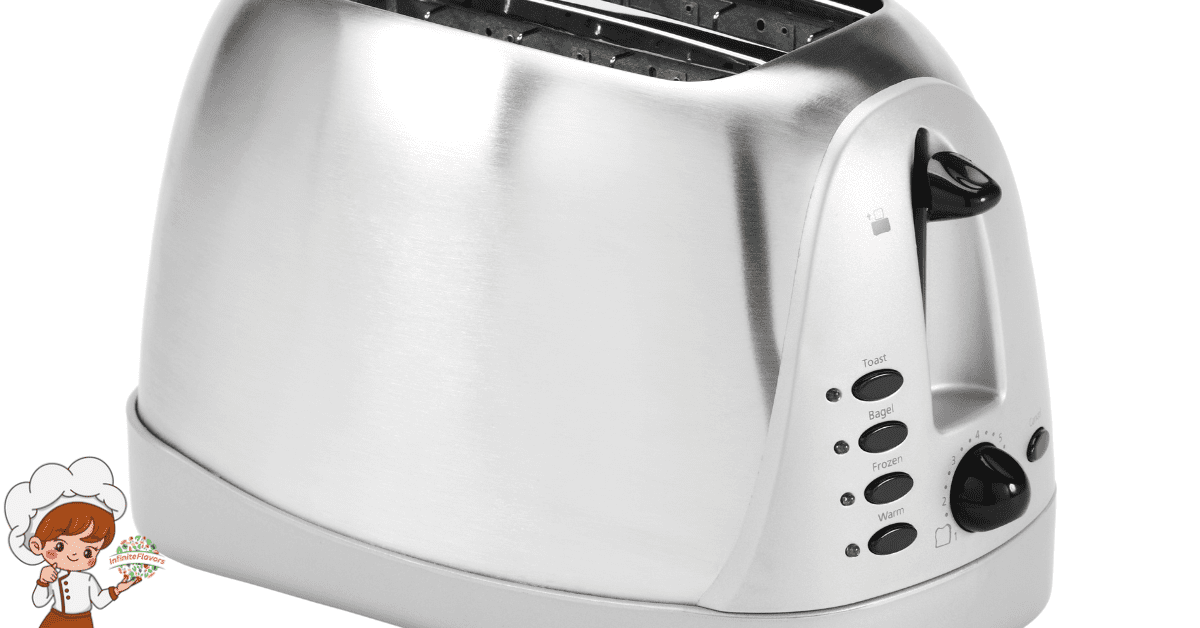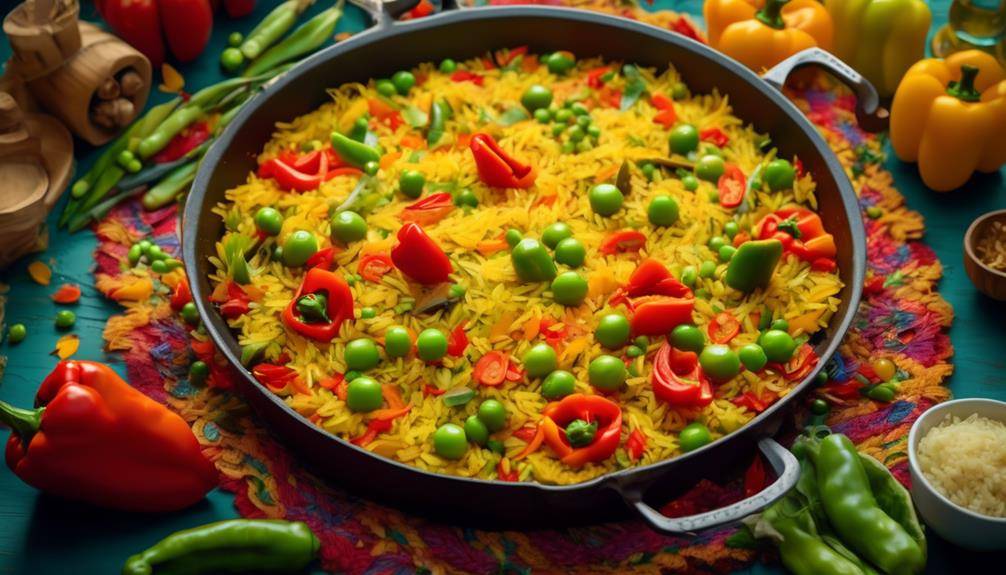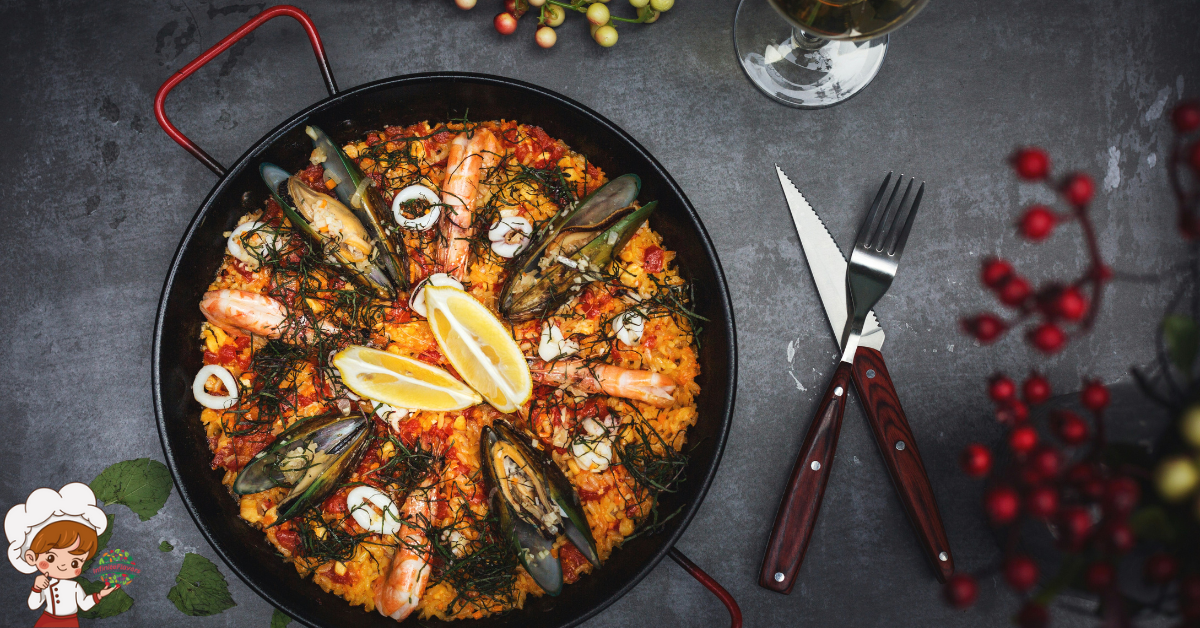The Best Lebanese Comfort Food Recipes

So, you think you’ve had comfort food? Well, get ready to have your taste buds transported to a whole new level of culinary delight. Lebanese Comfort Food Recipes are not just your ordinary dishes; they are an experience that will leave you craving for more. From the creamy baba ganoush with warm pita bread to the indulgent Lebanese baklava dessert, every bite is a journey of flavors and textures. But that’s just the tip of the iceberg. Stay tuned to discover the secrets behind these mouthwatering recipes that will have you coming back for seconds, thirds, and more.
Classic Lebanese Hummus Recipe
If you’re craving a creamy and flavorful dip that will transport your taste buds to the streets of Lebanon, look no further than this classic Lebanese hummus recipe. Hummus, a staple in Lebanese cuisine, is a versatile dish that can be enjoyed in various ways. Whether you prefer it as a dip, spread, or even as a topping, hummus is sure to satisfy your cravings.
The classic Lebanese hummus recipe starts with the perfect blend of chickpeas, tahini, lemon juice, garlic, and olive oil. These simple ingredients come together to create a smooth and creamy dip that is bursting with flavor. The key to achieving the perfect texture lies in the balance of these ingredients. You can adjust the quantities to suit your taste preferences, making it as creamy or as tangy as you like.
One of the great things about hummus is that it can be easily customized to create different variations. You can add roasted red peppers for a smoky and slightly sweet twist, or mix in some roasted garlic for a deeper, more intense flavor. For those who enjoy a little kick, a sprinkle of cayenne pepper or a drizzle of hot sauce can add a spicy element to your hummus.
When it comes to serving hummus, the possibilities are endless. It can be enjoyed with pita bread, crackers, or fresh vegetables for a healthy snack or appetizer. You can also use it as a spread in sandwiches or wraps, adding a creamy and flavorful element to your meal. For a more substantial dish, serve hummus alongside grilled meats or roasted vegetables.
Crispy Falafel With Tahini Sauce
Craving a crunchy and flavorful Lebanese dish? Look no further than crispy falafel with tahini sauce. Learn the secrets to making the perfect falafel by mastering the combination of chickpeas, herbs, and spices. And don’t forget to whip up a silky smooth tahini sauce that complements the falafel beautifully. Plus, we’ll share some tips to ensure your falafel turns out perfectly crispy on the outside and tender on the inside. Get ready to indulge in a mouthwatering Lebanese comfort food experience.
Falafel Ingredients and Preparation
To create the perfect crispy falafel with tahini sauce, gather all the necessary ingredients and follow these simple steps. For the falafel, you will need chickpeas, onion, garlic, parsley, cumin, coriander, salt, and baking powder. Soak the chickpeas overnight and then drain them thoroughly. In a food processor, blend together the chickpeas, onion, garlic, and parsley until well combined.
Add the cumin, coriander, salt, and baking powder, and continue blending until the mixture forms a coarse paste. Shape the mixture into small patties and fry them until golden brown and crispy. For the tahini sauce, whisk together tahini paste, lemon juice, garlic, and water until smooth and creamy. Serve the falafel with pita bread, lettuce, tomatoes, cucumbers, and a generous drizzle of the tahini sauce. Enjoy the delicious combination of flavors!
Making the Perfect Tahini Sauce
Get ready to elevate your falafel game with the perfect tahini sauce that will take your crispy falafel to the next level of deliciousness. Tahini sauce is a creamy and nutty condiment made from sesame seeds that pairs perfectly with the crunchy texture of falafel. Making tahini sauce is incredibly simple. All you need to do is mix tahini paste, lemon juice, garlic, salt, and water until smooth and creamy.
Once you have mastered the art of making tahini sauce, you may find yourself wondering how to store it properly. To keep your tahini sauce fresh and flavorful, store it in an airtight container in the refrigerator for up to one week. And don’t limit yourself to just using tahini sauce as a dip for falafel! Get creative and use it as a dressing for salads, a spread for sandwiches, or a sauce for roasted vegetables. The possibilities are endless!
Tips for Getting Crispy Falafel
For perfectly crispy falafel that pairs beautifully with tahini sauce, follow these expert tips. When shaping the falafel mixture, make sure to use a food processor to finely blend the ingredients. This will create a smooth and cohesive mixture that holds its shape when frying. Additionally, it is important to refrigerate the falafel mixture for at least 30 minutes before shaping and frying. This will help the mixture firm up, making it easier to shape and preventing it from falling apart during cooking.
To make falafel crispy without frying, you can try baking or air frying instead. Baking the falafel in a preheated oven at a high temperature will give it a crispy exterior while keeping the inside moist and flavorful. Alternatively, using an air fryer will also yield crispy falafel without the need for deep frying. So go ahead, follow these tips and enjoy your deliciously crispy falafel with tahini sauce.
Creamy Baba Ganoush With Pita Bread
Indulge in the velvety goodness of creamy baba ganoush, paired perfectly with warm and fluffy pita bread. Creamy baba ganoush is a delicious Lebanese dip made from roasted eggplant, tahini, garlic, lemon juice, and olive oil. It has a smooth and creamy texture that is incredibly satisfying. While the traditional recipe is already scrumptious on its own, there are various variations you can try to add your own twist to this classic dish.
One popular variation is the addition of yogurt to the baba ganoush, which gives it an extra creamy and tangy flavor. You can also experiment with different herbs and spices, such as adding a pinch of smoked paprika or fresh parsley for a burst of freshness. Another creative way to serve baba ganoush is by using it as a spread on sandwiches or wraps. Its rich flavor and creamy texture make it a perfect substitute for mayonnaise or other spreads.
Now, let’s talk about the perfect companion for baba ganoush – pita bread. Pita bread is a staple in Lebanese cuisine and is known for its soft and fluffy texture. It is traditionally baked in a hot oven, causing the dough to puff up and create a pocket inside. This pocket is perfect for filling with baba ganoush, allowing you to enjoy a mouthful of creamy goodness with each bite.
If you’re feeling creative, there are many other ways to serve pita bread alongside baba ganoush. You can cut it into triangles and toast it until crispy, creating homemade pita chips that are perfect for dipping. Alternatively, you can use pita bread as a base for mini pizzas, spreading baba ganoush as the sauce and topping it with your favorite ingredients. The possibilities are endless! So, next time you’re in the mood for a comforting and flavorful Lebanese dish, don’t forget to indulge in the velvety goodness of creamy baba ganoush with warm and fluffy pita bread.
Flavorful Lebanese Lentil Soup
Are you ready to learn how to make a delicious bowl of Lebanese lentil soup? This flavorful dish is packed with nutritious ingredients that will warm your soul. With simple step-by-step instructions, you’ll be able to whip up this comforting soup in no time.
Ingredients for Lentil Soup
To make a flavorful Lebanese Lentil Soup, gather all the essential ingredients and get ready to indulge in the comforting flavors of this traditional dish. Lentil soup, a beloved dish in many cultures, has variations in different cuisines. From the Indian dal to the Italian zuppa di lenticchie, lentil soup is a versatile and delicious dish that is enjoyed worldwide.
Lentils are packed with health benefits, making them an excellent addition to any soup. They are a great source of plant-based protein, fiber, and essential nutrients like iron and folate. Lentils also have a low glycemic index, making them a suitable option for those seeking to maintain stable blood sugar levels. So, not only will this Lebanese Lentil Soup satisfy your taste buds, but it will also nourish your body with its wholesome ingredients.
Step-By-Step Cooking Instructions
To begin preparing the flavorful Lebanese Lentil Soup, gather all the necessary ingredients and get ready to embark on a culinary journey filled with aromatic spices and nourishing lentils. First, heat some olive oil in a large pot over medium heat. Add chopped onions, garlic, and carrots, and sauté until they become tender and fragrant.
Next, add the lentils, along with vegetable broth, water, and a bay leaf. Bring the mixture to a boil, then reduce the heat and let it simmer for about 30 minutes, until the lentils are soft and cooked through. As the soup simmers, don’t forget to season it with salt, pepper, cumin, and a pinch of cinnamon for that extra Lebanese flair. Serve the soup hot, garnished with fresh parsley and a squeeze of lemon juice.
When it comes to perfecting Lebanese comfort food dishes like this lentil soup, there are a few tips to keep in mind. Firstly, make sure to rinse the lentils thoroughly before cooking to remove any dirt or debris.
Additionally, you can customize the soup by adding other vegetables like potatoes or celery, or even some diced tomatoes for a tangy twist. For those who enjoy a bit of heat, a sprinkle of red pepper flakes will give the soup a delightful kick. Finally, if you prefer a smoother texture, you can blend a portion of the soup before serving, creating a creamy and velvety consistency. With these variations, you can make this traditional Lebanese comfort food recipe uniquely your own.
Hearty Lebanese Chicken Shawarma
Indulge in the flavors of Lebanon with a hearty and delicious Chicken Shawarma that will transport your taste buds to the bustling streets of Beirut. This Lebanese comfort food is a culinary delight that combines tender and juicy chicken with aromatic spices, creating a dish that is bursting with flavor. To make this mouthwatering dish, start by marinating the chicken in a hearty blend of spices, such as cumin, paprika, turmeric, garlic, and lemon juice. Allow the chicken to marinate for at least an hour or, for even more intense flavors, overnight.
When it comes to cooking methods for chicken shawarma, you have a few options. The traditional method involves slowly roasting the marinated chicken on a vertical spit, allowing the flavors to infuse and the meat to become succulent and tender. If you don’t have a spit, don’t worry! You can achieve equally delicious results by grilling the chicken on a barbecue or even cooking it in a skillet on the stovetop. Whichever method you choose, be sure to cook the chicken until it is cooked through and has a beautiful golden brown color.
Once the chicken is cooked to perfection, it’s time to assemble your Chicken Shawarma. Serve the succulent chicken on warm pita bread, along with fresh vegetables like lettuce, tomatoes, and cucumbers. Top it off with a drizzle of tangy tahini sauce or a dollop of creamy garlic sauce for the ultimate flavor experience. With every bite, you’ll be transported to the streets of Beirut, savoring the authentic taste of Lebanese cuisine.
Delicious Kafta Kebabs With Grilled Vegetables
Get ready to savor the smoky and succulent flavors of Lebanese cuisine with these delicious kafta kebabs. These flavorful meat skewers are made with a mixture of ground beef, lamb, or a combination of both, seasoned with aromatic spices like cumin, parsley, and garlic. Grilled to perfection, they are served alongside a vibrant and colorful medley of grilled vegetables, creating a delightful and healthy meal that will transport your taste buds to the streets of Lebanon.
Flavorful Meat Skewers
Savor the mouthwatering flavors of Lebanese comfort food with these delectable kafta kebabs, perfectly grilled and paired with an assortment of vibrant vegetables. As you sink your teeth into these flavorful meat skewers, you’ll be transported to the bustling streets of Beirut, where the aroma of spices fills the air. To achieve the perfect balance of taste and tenderness, the meat is marinated in a blend of aromatic herbs and spices, creating a tantalizing combination of flavors.
The grilling techniques used ensure that the kebabs are cooked to perfection, with a slight char on the outside and juicy meat on the inside. Each bite is a burst of savory goodness, complemented by the charred sweetness of the grilled vegetables. Get ready to indulge in a truly satisfying Lebanese culinary experience.
- Juicy and tender meat infused with flavorful marinades
- Expert grilling techniques that result in a perfectly charred exterior and juicy interior
- Vibrant and charred vegetables that add a burst of sweetness to each bite
Grilled Vegetable Medley
To enhance your Lebanese culinary experience, complement your juicy and tender kafta kebabs with a tantalizing assortment of grilled vegetables. The secret to achieving perfectly grilled vegetables lies in the marinade. Create a flavorful marinade by combining olive oil, garlic, lemon juice, and a sprinkle of Mediterranean spices like oregano and sumac. Let the vegetables soak in the marinade for at least 30 minutes to allow the flavors to penetrate and infuse.
When it comes to grilling, you have several options. Traditional grilling on a barbecue is always a great choice, but if you don’t have access to one, you can use a grill pan or even an indoor electric grill. Whichever method you choose, make sure to cook the vegetables until they are tender and slightly charred, adding a hint of smokiness to your medley.
Fragrant Lebanese Rice Pilaf
For a fragrant and flavorful Lebanese rice pilaf, follow this easy recipe that will transport you to the heart of Lebanon with every bite. Lebanese rice pilaf is a versatile dish that can be customized to suit your preferences. Here are some Lebanese rice pilaf variations to try:
- Vegetable Pilaf: Add a medley of colorful vegetables like carrots, peas, and bell peppers to the rice for a nutritious and vibrant pilaf.
- Chicken Pilaf: Sauté chicken pieces with onions and garlic before adding them to the rice for a protein-packed meal.
- Lamb Pilaf: For a rich and savory pilaf, cook tender pieces of lamb with fragrant spices such as cinnamon, cumin, and cardamom.
Now, let’s dive into some tips for making fluffy rice pilaf:
- Rinse the rice: Before cooking, rinse the rice under cold water to remove any excess starch. This will prevent the rice from becoming sticky.
- Sauté the rice: Toast the rice in butter or oil before adding liquid. This step adds a nutty flavor and helps to keep the grains separate.
- Use the right ratio: The general rule of thumb is to use 1 ½ cups of liquid for every cup of rice. Adjust the ratio depending on the desired texture – more liquid for a softer pilaf, and less liquid for a firmer one.
Satisfying Lebanese Moussaka
As we move from the fragrant Lebanese rice pilaf, get ready to indulge in the satisfying flavors of Lebanese Moussaka. Lebanese Moussaka, also known as Maghmour, is a delicious dish that showcases the rich and diverse culinary heritage of Lebanon. This hearty casserole is made with layers of eggplant, tomatoes, onions, and chickpeas, all cooked in a savory tomato sauce. The dish is then baked until the flavors meld together, creating a mouthwatering symphony of tastes.
Lebanese Moussaka has both traditional and modern interpretations, each with its own unique twist. In traditional Lebanese cuisine, the dish is often made with lamb or beef, adding a rich and meaty flavor to the dish. However, modern interpretations have introduced vegetarian and vegan versions, using ingredients like lentils or mushrooms as a substitute for meat. This variation allows individuals with different dietary preferences to enjoy the flavorsome goodness of Lebanese Moussaka.
Just like many dishes in Lebanese cuisine, the flavors and ingredients of Moussaka can vary across different regions of Lebanon. In the coastal regions, seafood may be added to the dish, bringing a delightful oceanic element to the table. In the mountains, spices like cinnamon, allspice, and cloves may be used to add warmth and depth to the dish. These regional variations make Lebanese Moussaka a truly versatile and exciting dish to explore.
Whether you prefer the traditional or modern interpretation, Lebanese Moussaka is sure to satisfy your cravings for comfort food. Its layers of flavors, the combination of textures, and the aromatic spices make it a dish that is both comforting and exciting. So, why not try your hand at making Lebanese Moussaka and experience the deliciousness of this beloved Lebanese dish?
Spicy and Tangy Fattoush Salad
Indulge in the vibrant flavors of a Spicy and Tangy Fattoush Salad, a refreshing Lebanese dish that combines crisp vegetables, zesty herbs, and a tangy dressing for a burst of Mediterranean goodness. This traditional Lebanese salad is a perfect balance of flavors and textures, making it an ideal accompaniment to any meal or a satisfying light lunch on its own.
Here are some reasons why you should try this delightful salad:
- Bursting with Freshness: The Spicy and Tangy Fattoush Salad is loaded with an array of fresh vegetables like cucumbers, tomatoes, bell peppers, and radishes. These vegetables provide a satisfying crunch and are packed with essential nutrients.
- Zesty and Tangy Dressing: The dressing is the star of this salad, adding a punch of flavor to every bite. You can experiment with different variations of spicy dressings, like a chili-lime dressing or a garlic-infused yogurt dressing. The tanginess from lemon juice and sumac, a traditional Middle Eastern spice, adds a delightful tang to the salad.
- Traditional Lebanese Bread Options: Fattoush salad is traditionally made with toasted or fried pieces of Arabic bread, known as pita. These crispy bread pieces add a wonderful texture to the salad. However, you can also use other traditional Lebanese bread options, such as Lebanese flatbread or even naan, to add a unique twist to the dish.
Comforting Lebanese Kibbeh Stew
Get ready to experience the comforting flavors of Lebanese cuisine with the rich and hearty Lebanese Kibbeh Stew. This traditional dish holds a special place in the hearts and palates of the Lebanese people. Kibbeh stew, also known as kibbeh bi-siniyeh, is a versatile and beloved dish that can be found in various regions of Lebanon, each with its own unique twist.
Lebanon’s diverse topography and culinary traditions have given rise to different variations of kibbeh stew across the country. In the northern region of Tripoli, for example, kibbeh is often made with a combination of lamb and bulgur, resulting in a rich and flavorful stew. In the southern region, kibbeh stew is known for its spicy and tangy flavor, thanks to the addition of chili peppers and lemon juice. The coastal areas, on the other hand, incorporate seafood into their kibbeh stew, creating a delightful fusion of flavors.
The history and cultural significance of kibbeh in Lebanese cuisine cannot be overstated. Kibbeh dates back centuries and has been a staple in Lebanese households for generations. Originally, it was made with lamb or beef and bulgur, shaped into balls or patties and then cooked in a rich broth. Over time, kibbeh evolved, and the stew version became popular due to its heartiness and ability to feed a large number of people.
Kibbeh stew is often enjoyed during festive occasions and gatherings, as it brings people together to savor the delicious flavors and celebrate Lebanese culinary traditions. The dish is a true representation of Lebanese hospitality and generosity, as it is a labor of love that requires time and effort to prepare.
Indulgent Lebanese Baklava Dessert
Savor the irresistible flavors of Lebanese cuisine with the indulgent delight of Lebanese Baklava Dessert. These traditional Lebanese pastries are a delightful combination of crispy layers of phyllo dough, sweet honey syrup, and a variety of delicious fillings. Here are some Lebanese baklava variations that are sure to satisfy your sweet tooth:
- Pistachio Baklava: This classic Lebanese dessert is made with layers of buttery phyllo dough filled with a generous amount of crushed pistachios. The nutty flavor of the pistachios pairs perfectly with the sweet honey syrup, creating a rich and decadent treat.
- Walnut Baklava: Another popular variation, walnut baklava features layers of phyllo dough filled with a mixture of finely chopped walnuts, cinnamon, and sugar. The combination of crunchy walnuts and aromatic spices makes this baklava a true delight.
- Almond Baklava: For a slightly different twist, try almond baklava. This version uses finely ground almonds mixed with sugar and a hint of rosewater for a unique and fragrant flavor. The almonds add a delicate crunch to every bite, making this baklava a true indulgence.
Lebanese baklava desserts are not only incredibly delicious but also a symbol of hospitality and tradition. The intricate layers of phyllo dough and the time-honored technique of preparing the sweet honey syrup make these pastries a labor of love. Whether you enjoy them with a cup of strong Lebanese coffee or as a sweet ending to a meal, Lebanese baklava desserts are a true culinary delight that will transport you to the vibrant streets of Lebanon.
Lebanese Comfort Food Recipes; Frequently Asked Questions
Can I Substitute Chickpeas for Another Type of Bean in the Classic Lebanese Hummus Recipe?
Yes, you can substitute chickpeas for another type of bean in the classic Lebanese hummus recipe. However, keep in mind that the flavor and texture may slightly differ. Experiment with different beans to find your favorite combination.
What Is the Best Way to Store Leftover Crispy Falafel to Maintain Its Crispiness?
To maintain the crispiness of leftover crispy falafel, store them in an airtight container in the fridge. When reheating, use an oven or toaster oven instead of the microwave to retain their crunchy texture.
Can I Use a Different Type of Bread Other Than Pita Bread for the Creamy Baba Ganoush Recipe?
Yes, you can definitely use a different type of bread for the creamy baba ganoush recipe. Try experimenting with whole wheat or sourdough for a unique twist on this delicious Lebanese dish.
Can I Make the Lebanese Lentil Soup in a Slow Cooker?
Yes, you can make Lebanese lentil soup in a slow cooker. Using a slow cooker has many benefits, such as allowing the flavors to meld together and creating a rich, hearty soup.
Can I Use Ground Beef Instead of Chicken in the Lebanese Chicken Shawarma Recipe?
Yes, you can absolutely use ground beef instead of chicken in the Lebanese chicken shawarma recipe. It will give a different flavor, but still delicious. Experiment and enjoy the results!
Conclusion
Lebanese comfort food recipes are a delightful journey into the heart of Middle Eastern cuisine. From the creamy hummus to the crispy falafel, each dish is bursting with flavors and aromas that will transport you to the bustling streets of Beirut. Whether you’re looking for a hearty meal like the Lebanese chicken shawarma or a satisfying salad like the spicy fattoush, these recipes will surely satisfy your cravings. And don’t forget to indulge in the sweet and flaky baklava for a truly decadent dessert experience.








